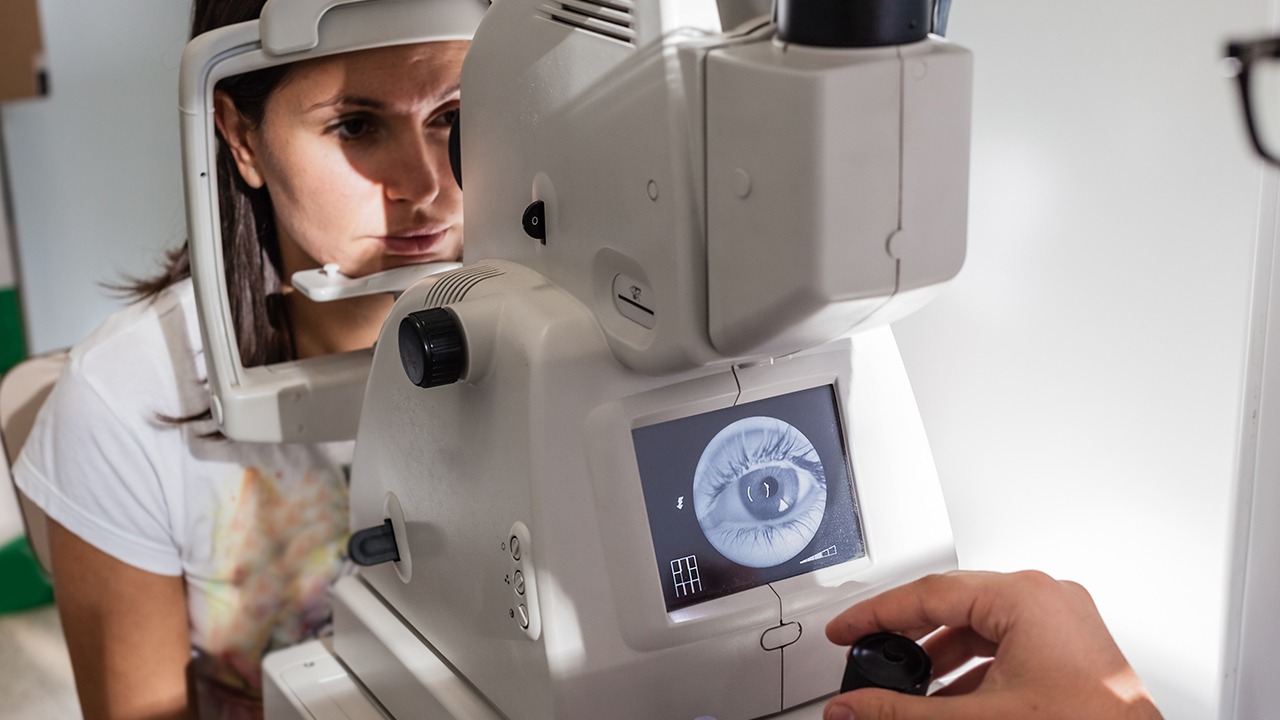Precautions during the Recovery Period of Hyaluronic Acid Rhinoplasty

Hyaluronic acid rhinoplasty, also known as non-surgical rhinoplasty, is a popular cosmetic procedure that uses injectable hyaluronic acid fillers to reshape the nose. While this procedure is generally safe and effective, it is important to follow certain precautions during the recovery period to ensure optimal results and minimize the risk of complications.
Here are some key precautions to observe during the recovery period of hyaluronic acid rhinoplasty:
1. Avoid strenuous activity: Strenuous activities, such as running, jumping, or weightlifting, can increase blood flow to the nose and put pressure on the injection site. This can lead to swelling, bruising, or displacement of the filler. Avoid these activities for at least 24 hours after the procedure.
2. Sleep with your head elevated: Sleeping with your head elevated on pillows can help reduce swelling and bruising. It is recommended to sleep with your head propped up for several days after the procedure.
3. Do not wear glasses or sunglasses: Glasses or sunglasses can put pressure on the nose and interfere with the healing process. Avoid wearing glasses or sunglasses for at least one week after the procedure.
4. Avoid blowing your nose: Blowing your nose can put pressure on the injection site and cause bleeding or displacement of the filler. Gently wipe your nose with a tissue instead.
5. Avoid touching or rubbing the nose: Touching or rubbing the nose can irritate the injection site and increase the risk of infection. Avoid touching or rubbing your nose for at least one week after the procedure.
6. Avoid alcohol and blood thinners: Alcohol and blood thinners can increase bleeding and bruising. Avoid alcohol and blood thinners for at least 24 hours after the procedure.
7. Follow your doctor's instructions: Your doctor will provide specific instructions on how to care for your nose during the recovery period. Be sure to follow these instructions carefully to ensure optimal results.
In addition to these general precautions, there are some additional precautions that may be necessary depending on your individual circumstances. For example, if you have a history of cold sores, your doctor may prescribe antiviral medication to prevent an outbreak.
If you experience any unusual symptoms during the recovery period, such as severe pain, swelling, or bleeding, contact your doctor immediately.
Possible Side Effects of Hyaluronic Acid Rhinoplasty
As with any medical procedure, there are some possible side effects associated with hyaluronic acid rhinoplasty. These side effects are generally mild and temporary, but they can include:
Swelling: Swelling is a common side effect of hyaluronic acid rhinoplasty. It usually peaks within the first 24 hours after the procedure and gradually subsides over the next few days.
Bruising: Bruising is another common side effect of hyaluronic acid rhinoplasty. It typically appears within the first few days after the procedure and fades within a week or two.
Pain: Most patients experience only mild pain after hyaluronic acid rhinoplasty. This pain can be managed with over-the-counter pain relievers.
Redness: Redness around the injection site is a common side effect of hyaluronic acid rhinoplasty. It usually fades within a few days.
Lumps or bumps: In some cases, patients may develop lumps or bumps at the injection site. These lumps or bumps are usually temporary and will resolve on their own within a few weeks.
Serious Complications of Hyaluronic Acid Rhinoplasty
Serious complications from hyaluronic acid rhinoplasty are rare, but they can occur. These complications include:
Infection: Infection is a rare but serious complication of hyaluronic acid rhinoplasty. It can occur if the injection site is not properly sterilized or if the patient has a weakened immune system.
Allergic reaction: Allergic reactions to hyaluronic acid are rare, but they can occur. Symptoms of an allergic reaction can include hives, swelling, and difficulty breathing.
Tissue necrosis: Tissue necrosis is a rare but serious complication of hyaluronic acid rhinoplasty. It occurs when the filler blocks blood flow to the skin, causing the skin to die.
If you experience any serious complications from hyaluronic acid rhinoplasty, seek medical attention immediately.
Hyaluronic Acid Rhinoplasty Recovery Timeline
The recovery timeline for hyaluronic acid rhinoplasty varies from patient to patient, but most patients can expect to see the following results:
Immediate results: Some results will be visible immediately after the procedure, but the full results will not be apparent until the swelling and bruising have subsided.
Within 24 hours: Swelling and bruising will peak within the first 24 hours after the procedure.
Within 1 week: Swelling and bruising will gradually subside within the first week after the procedure.
Within 2 weeks: Most swelling and bruising will have resolved within 2 weeks after the procedure.
Within 1-2 months: The final results of the procedure will be visible within 1-2 months after the procedure.
It is important to note that the recovery timeline can vary depending on the individual patient and the amount of filler used.
The above is all the content that the editor wants to share with you. I sincerely hope that these contents can bring some help to your life and health, and I also wish that your life will be happier and happier.
Topic: #the #recovery #precautions- • What is the relationship between kidneys and prostate
- • What to do if the umbilical cord wraps around your neck in late pregnancy
- • How to reduce the impact of colds on the fetus during pregnancy
- • The best dietary therapy for neonatal hypoxic-ischemic encephalopathy
- • Detailed explanation of the causes of neonatal hypoxic-ischemic encephalopathy













